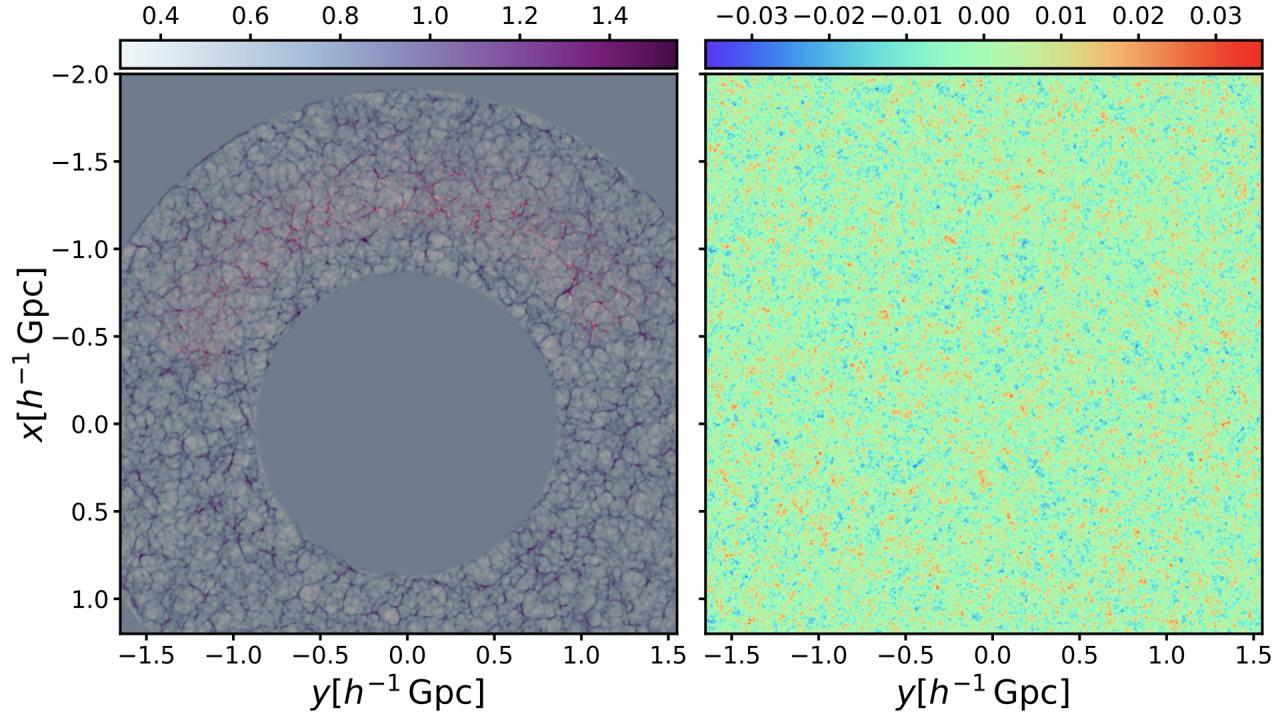GOVERNMENT
Spanish researcher develops algo to analyze the evolution of the cosmic web
The Instituto de Astrofísica de Canarias (IAC) has led an international team that has developed an algorithm called COSMIC BIRTH to analyze large-scale cosmic structures. This new computation method will permit the analysis of the evolution of the structure of dark matter from the early universe until the formation of present-day galaxies. This work was recently published in the journal Monthly Notices of the Royal Astronomical Society (MNRAS).
The IAC researcher, a co-author of the article and leader of the group of Cosmology and Large Scale Structure (LSS) Francisco-Shu Kitaura explains that one of the key aspects of this algorithm "consists in expressing the observations as if they had been detected in the early universe, which simplifies many of the calculations".
"Our algorithm uses sampling techniques designed to deal with high dimensional spaces and is the product of more than four years of development. That is why I thank the funding programs Ramon y Cajal and Excelencia Severo Ochoa which have allowed us to make scientific journeys which are such a challenge and a risk", he adds.  {module INSIDE STORY}
{module INSIDE STORY}
"It is fascinating to use the methods of classical mechanics to reconstruct the large scale structure of huge cosmic volumes", says Mónica Hernández Sánchez, a doctoral student at the IAC and the University of La Laguna (ULL), and first author of another linked article, who has shown that an idea of the particle physicists from 30 years ago has proved useful in the present context.
"It has been exciting to explore, using Big Data techniques, the structures which include the formation of galaxy clusters emerging at "cosmic noon". That is the moment when the Universe lit up the galaxies with stars", notes Metin Ata, a researcher at the Kavli Institute for Physics and Mathematics of the Universe (IPMU), in Japan, and leader of the application of the COSMIC BIRTH algorithm to the combination of five studies of distant clusters in the COSMOS (Cosmic Evolution Survey) fields.
The authors have dedicated this last work to the French astrophysicist Olivier Le Fèver, who participated in the study and who unfortunately died while it was being completed.
